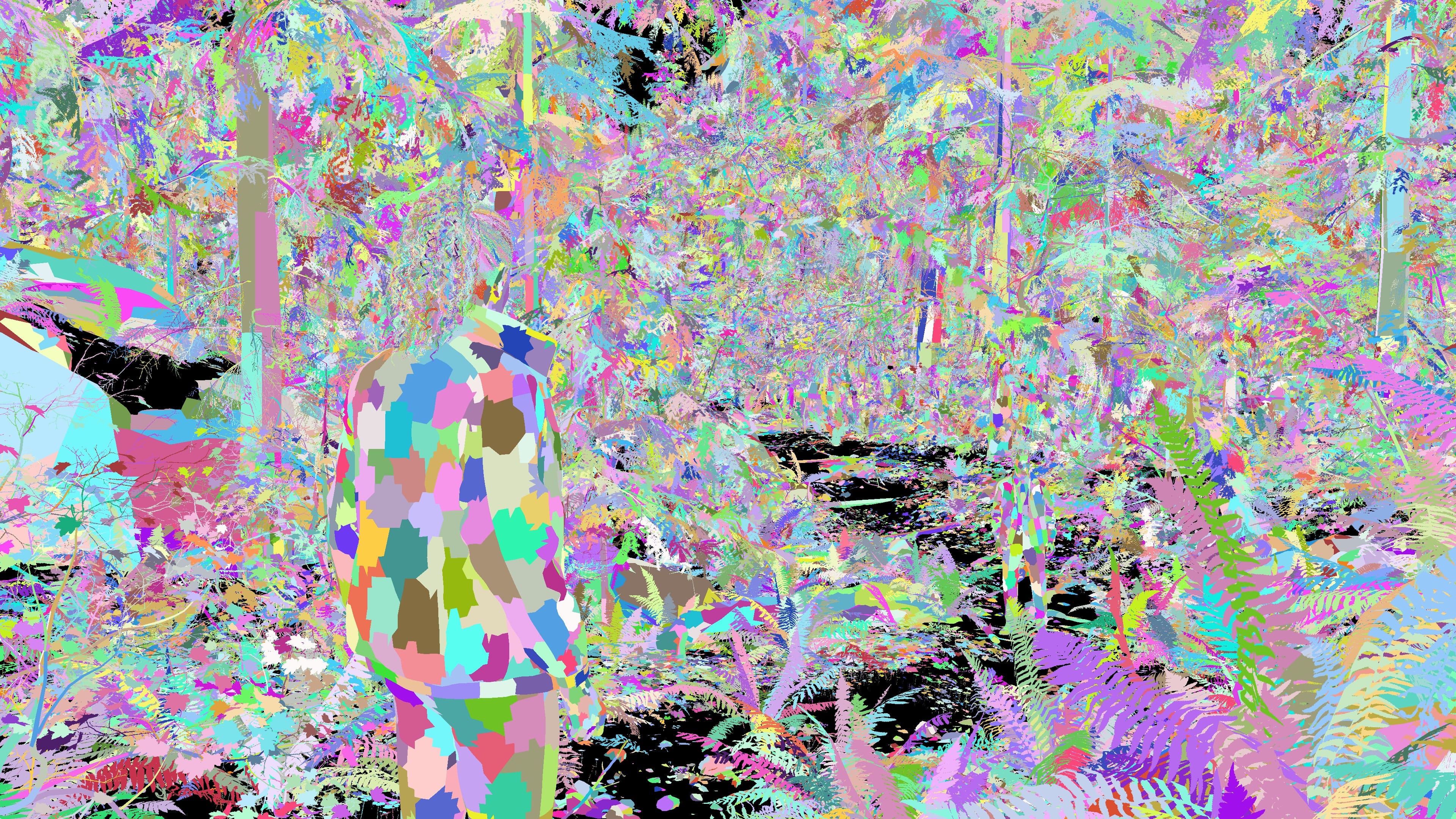
If you've been playing Alan Wake 2 you may have noticed just how pretty that game is. I'd go as far to say it's the best looking videogame of 2023. Developer Remedy has done incredibly well to make what could've been a very dull and dark world look vibrant and detailed, and has since divulged what's actually going on behind the scenes in the Northlight engine to achieve it. And boy, it's a lot.
The studio outlines heaps of features it's rolled out with the Northlight engine powering Alan Wake 2 in a blog post. It's an interesting read, not only for the technical information on the studio's proprietary engine, but because it helps explain why mesh shaders are such a big deal in Alan Wake 2—when you're staring down the barrel of heaps of geometry you start to understand why the game chugs without them.
"With GPU-driven rendering using mesh shaders, we can now do occlusion culling down to a single-pixel precision and use everything in a scene as an occluder," Remedy says. "This ability to only draw what is visible means that the world of AW2 has more geometric detail than we've ever shipped before."
Remedy provides some comparison images of the in-game scene and what it looks like with all the meshlets—collections of triangles—visible.
For a point of comparison, one reason why Cities: Skylines 2 is said to struggle with performance is due to its inability to cull the objects that aren't actually visible. It's loading in high numbers of triangles for highly-detailed objects and rendering the lot, often across multiple rendering passes. While Alan Wake 2 is a demanding game with everything turned up to 11, especially path tracing, it does at least run a whole lot better than Cities: Skylines 2. Though that's admittedly an apple to oranges comparison—these games couldn't be more different.
But that is key here: you can't just ramp up the detail without making it perform well, whether by clever tricks, culling, or acceleration. In Alan Wake 2's case, a little bit of everything is used to keep frames ticking over.


Now let's talk about the really exciting bit: vegetation. The level of detail in the forests and Washington wilderness is noticeably high in Alan Wake 2, and you'll be glad to know that's down to bone shader animations.
They may sound gruesome, but bone shader animations are what have allowed Remedy to rig up the plants and trees like they would characters in the game—each plant has strands (known as bones) that are animated, and along those bones an artist can apply their own shader code to do whatever they like. Remedy says there are "almost 300,000 bones in Cauldron Lake [game area] being processed every frame."
That's a lot of bones. To get all those bones in the scene, the devs created something called the scattering tool, which is like a plant and prop paintbrush.


Alan Wake 2 also comes with some piping hot fog tech. Because of course it does—the game is extremely moody. This is reportedly using a MBOIT, or rather a Moment-Based Order-Independent Transparency system, to make sure fog plays nicely with everything else going on in a scene. Personally I do love how good the game looks even with heavy fog descending on an area, such as the so-called Coffee World you end up in. There's still tons of detail visible through the fog, unlike the sort of dense fog I'm used to from old Silent Hill games, and if anything the game world looks even lovelier amidst it all.
One surprising addition has been a change in how characters navigate cramped or busy spaces. In theory, it's a way to mitigate those clunky moments when you're bumping into things this way and that in-game and get a little frustrated. Remedy seems to have anticipated a lot of bumping into geometry, probably because of how much is stuffed into the game, and decided to add in a new "voxel-based character control" to enable "more natural and fluid" movement. This is one of those features I'd probably roll my eyes at during a pre-launch teaser video, but seeing is believing and character movement is pretty darn slick throughout the game. That's also in part thanks to reworked NPC locomotion, which prevents Casey from crashing into you at any one time.
Apparently the gameplay programmer's favourite tech is the ECS framework, which is sufficiently nerdy sounding that I believe it. It allowed the devs to take specific control over targeting hardware, and helped make tools like the scattering tool a reality. It also helped with the development of the case board, which you can flick in and out of in the game at a moment's notice.
Remedy also goes into a little more detail re HDR, wind mechanics, the game's VFX, and ray tracing, which I've gushed over a little more in my article on how great Alan Wake 2 looks and runs on Nvidia graphics cards (but Nvidia graphics only).
Alan Wake 2 really is a marvel. I've taken multiple screenshots during my playthrough of the game when I've just been flabbergasted at how good it looks. Notwithstanding the ones with potential spoilers, I'll post some of those screenshots from the early game below.









